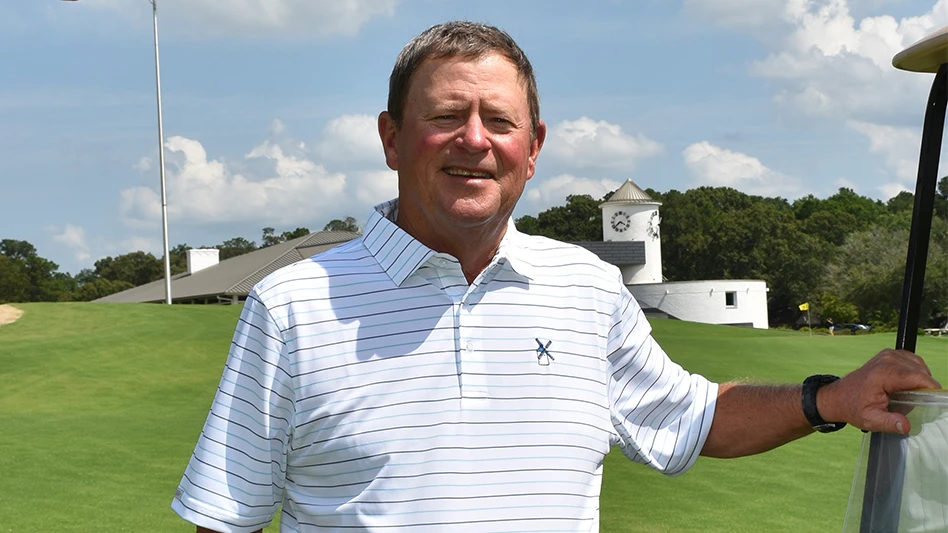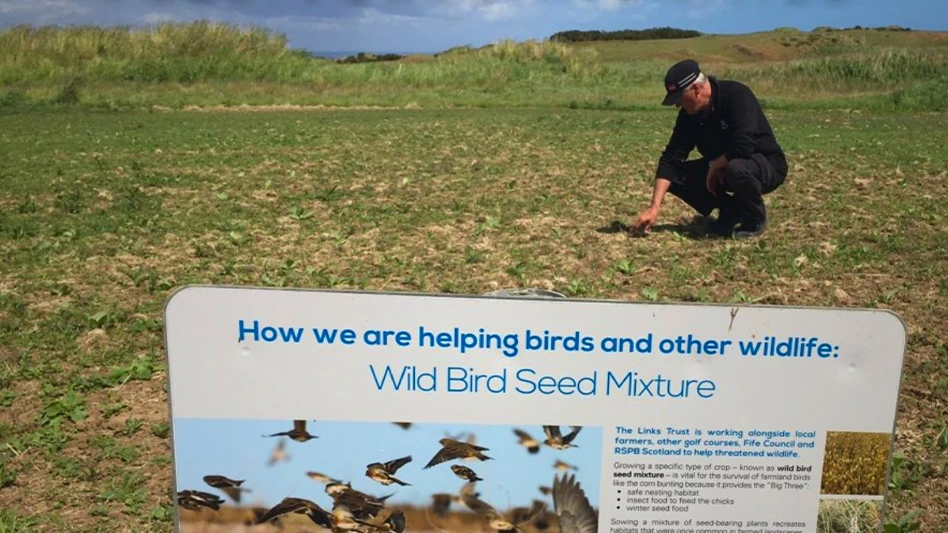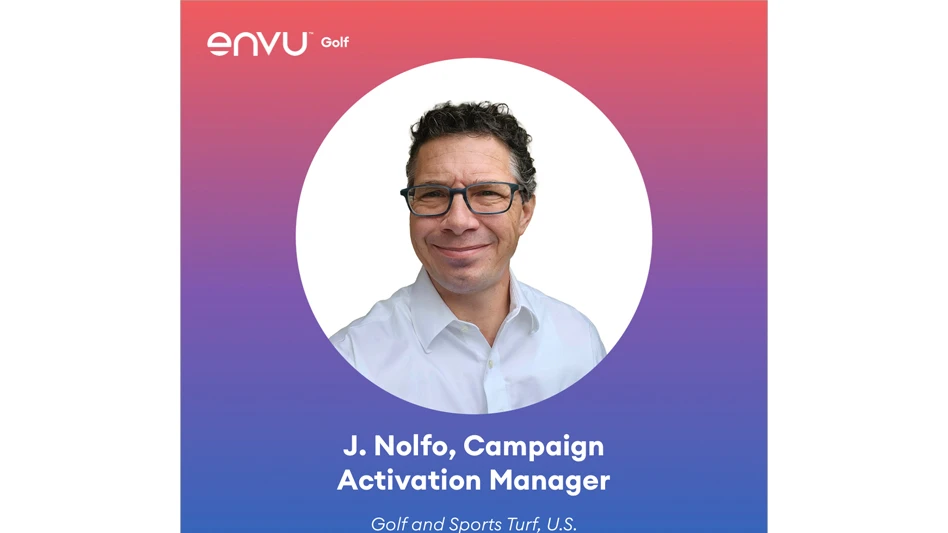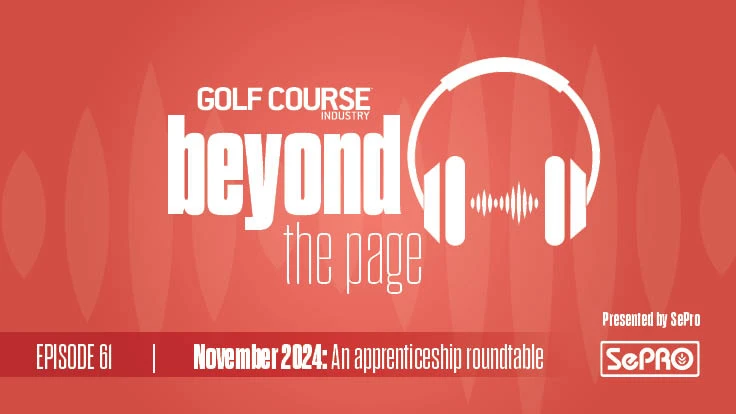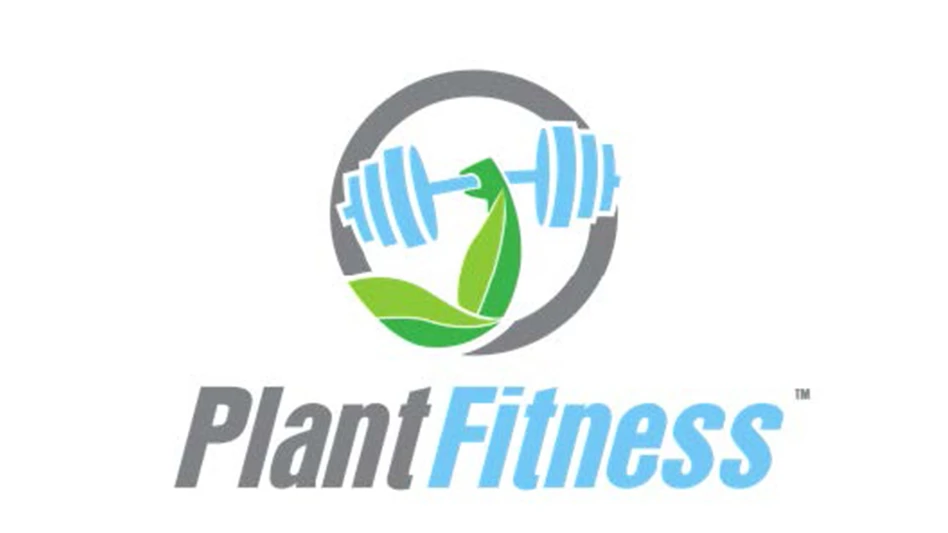
The structure of turf education and content delivery are being challenged, evaluated and reviewed in response to the COVID-19 pandemic. It’s as if the entire industry has been handed a tall, icy glass of real lemonade: what is initially sour becomes refreshing.
“There’s no substitute for the scent of freshly mown bentgrass and you can’t replicate the rough texture of Saint Augustine grass,” says Dr. John Stier, associate dean of the Herbert College of Agriculture at the University of Tennessee. “However, the students are OK, if not happy, to have some virtual learning as long as there is also a face-to-face, hands-on component.”
At Horry-Georgetown Technical College in Conway, South Carolina, there have also been some groundbreaking developments. Charles Granger, professor and department chair for Golf Course Management and Engineering Technologies, and his team built a Turf Care and Demonstration Center this summer. They have been exploring 3D learning with their ZSpace and are unique in that the forced spring transition to virtual learning wasn’t as uncomfortable for them as it was for many others.
“We run a platform for our classes with presentations and supplemental materials that are online for the students to review any time,” Granger says. “In South Carolina, we have hurricanes and severe weather regularly. We missed three weeks last year because of flooding. We aren’t geared entirely for being online, but we have enough experience that it wasn’t a difficult shift.”

Hybrid learning
Hybrid or blended learning combines traditional face-to-face classroom instruction with virtual (computer and web-based) instruction. Virtual education is possible because the platforms are wide-ranging, accessible and easy-to-use. Students are tech-savvy and online constantly. It’s a good way to reach them.
Pieces of a virtual toolkit may include Google Meets, YouTube and Canvas, which streamlines digital content and resources for education. At Horry-Georgetown, instructors are using Skype, Zoom and Microsoft Teams. They have invested in Wacom tablets, Granger says, “which help with turfgrass math to make teaching that a little easier.” The Wacom tablet allows you to write on it and share that image with online students. It’s a digital chalkboard so everyone can follow instruction in real-time.
Likely to become more highly utilized — and already in play at Horry-Georgetown — are virtual and augmented reality products such as ZSpace. With virtual reality becoming your vision and augmented reality adding something to it, a world of exploration opens. ZSpace includes eyewear and a stylus to create depth perception, kinesthetic realism and the ability to move your body to shift your point of view.
For instance, in Horry-Georgetown’s plant form and function class, while they reviewed turfgrass, students could get inside a cell and take it apart to see the DNA. The understanding created by an immersive experience like that is hard to match, particularly on a cellular level. Horry-Georgetown students are primarily tactile learners, so this technology is ideal for them. Furthermore, virtual and augmented reality make in-depth study of non-regional plants and grasses possible. ZSpace is bringing a previously distant world closer.
At Tennessee, due to uncertainty surrounding fall activities because of COVID-19, Dr. Jim Brosnan, director of the UT Weed Diagnostics Center, collaborated with colleagues Dr. John Sorochan and Dr. Brandon Horvath to reimagine their field day. Instead of a standalone event, they are running a “Tennessee Turf Tuesdays” webinar series the first Tuesday of each month. “We made a decision to create something new and impactful that we could all be excited about,” Brosnan says. People attend field days for three major reasons: to see what is being researched, to get professional education and recertification points, and for personal interaction. To a degree, all three can be provided virtually.
Hundreds of participants from five continents have registered for the first few sessions. To receive credits for education and recertification, participants must register in advance and be online for the duration of the event. Zoom provides a tracking system that makes this easy for the Tennessee team, which can then send information for eligible participants to the appropriate organizations. The workshops meet the requirements of multiple entities in several states. Interaction is possible through a Q&A box and in-session responses to questions. Sessions are archived on YouTube.

These are ways that just two schools are working virtually. What does that mean for turf staff for continuing education credits and certifications? Are those necessities going to be easier to attain? And is it possible to have more turf students work while earning degrees?
Challenges and opportunities
A trio of administrative challenges to virtual learning, according to Tennessee’s Stier, include:
- Adequate hardware such as cameras for recording and viewing devices
- Reliable Internet access
- Inability to teach hands-on aspects of turf management
“Another challenge is that I teach an 8 a.m. class and online it’s difficult to tell who is falling asleep,” says Sorochan, one of the professors in the school Stier oversees. “Seriously, though, there is much to be said for face-to-face contact.” Sorochan likes to walk the room and feed off the energy. That’s more difficult when everyone isn’t in the same physical space. The virtual platform creates a type of uniformity among instructors and that can be monotonous.
Covering straightforward material might take up two-thirds of a regular lecture class, but the other third is student interaction, discussion and addressing questions. Many of Sorochan’s relative examples come from his experiences with superintendents, “but we don’t get that spark unless a student asks a question.” It takes more effort to engage through a virtual connection.
Horvath’s goal as an instructor “is to have the students learn the material at a satisfactory level.” One technique he has been using for years is the “flipped” classroom. This involves presenting basic material ahead of class as homework, enabling lecture time to be used to engage with the students and the material at a deeper level.
For example, via video, Horvath presents the basic facts from a 1984 case involving Stephen Kenney in Kenmore, New York. The court stated that not mowing a lawn was not freedom of expression protected by the First Amendment, because “the lawn says nothing, it represents nothing and it symbolizes nothing.” It’s better to introduce the students to the case before class and then facilitate a discussion during class (you can imagine the intensity). Using class time for critical thinking and debate is more valuable than sharing information that can be absorbed independently and virtually.
Regarding the work of superintendents, it’s like having a new hire watch some short videos on the basics of using a weed trimmer or your mowing unit, before then discussing with them what to watch for in certain areas where that work gets done on your specific course. Your time is more wisely spent when you can share your expertise, not the basics.
Technology can be challenging for the instructors producing content and it’s important to create high-quality videos. Recording shouldn’t be time-consuming or overly choreographed, though. Studies show that students engage better when the “head and shoulders” of their instructor are in the video. The instructor’s voice is not enough as students benefit from seeing facial expressions, even if it’s a small window in the corner of the screen.
Simple videos are adequate but even so, UT is creating a “One Button Studio” that has a green screen, cameras, microphones, lights and just that one button to push to start recording. The objective is to streamline the tech aspects and not overload the instructors. “Record your lecture, upload it and move on,” Horvath says. “One take is fine.”
Sorochan is cognizant of the length of his videos. If you have a large video to share (60 minutes or more), try to present the material in segments of 15 minutes or less. This gives the students, who often watch on their phone, a chance to get through the material a little at a time. Students can also photograph and save information screens or note the runtime of material they want to revisit. Most of the students at Tennessee work part- or full-time jobs in addition to attending school, so instructors ensure the material is as easy to digest as possible.
Another way Horvath is engaging with students is “gamification.” Tired of questions about “Is it worth points?” or “Does it count?” he decided to embrace the idea and now everything is worth points. The students all start with zero and as they move through the course, if they work, they earn more and more. There is even a “Challenge Menu” that is 100 percent voluntary where the students can choose activities for a range of point values or propose an idea of their own.
Within a year of starting the gamification, students’ comments shifted from “He gave me a B” to “I should have done another activity.” Whether virtually or face-to-face, the focus and the onus of learning the material must be on the student. While there are some challenges with virtual learning, there are more solutions to them every day and the premise of education remains the same: enlighten students through engagement and the clear sharing of knowledge.

What is changing
“We will be a much stronger program all the way around because of what we have just gone through, a much stronger institution,” Granger says. “Quite frankly, this is going to transform higher education.” While Horry-Georgetown has no intention of becoming 100 percent virtual and the new Turf Care and Demonstration Center shows an increase in possibilities for hands-on content delivery, Granger and his colleagues are learning that certain courses, such as turf business practices, can be delivered online as easily as in person, freeing students for more field experience. Less infrastructure will be needed for institutions that have some significant shifts online, too. Granger notes that one reason the Horry-Georgetown program is so successful is because the professors know the pupils and can help guide them to the right internships and jobs.
Something new resulting from the pandemic is that Horry-Georgetown professors are hosting Zoom calls connecting students throughout the summer. With the increase in online classes, professors and students will get better at engaging in that medium. Personal relationships remain at the heart of the turf industry and Granger has been nothing but impressed with his students. Horvath points out that Tennessee has contacted every student with either a Zoom meeting or a phone call. Even though it requires some effort, it elevates connections.
The changes in education will be huge and, counterintuitively, will be less pronounced this fall than in one to three years. The optics are different now, but the ramifications will be seismic. Everyone has taken a collective pause and there will be a fundamental shift in how education is delivered, what fees are reasonable and how students will earn degrees.
“Challenging myself to stay positive, I do think this is an area where our program can grow,” Brosnan says. “We can do more virtual learning and do more with it. We probably wouldn’t have realized this had we not been forced into this situation by external factors. COVID-19 is likely the biggest challenge of our careers and it needs to be embraced. I have been really proud to see various components of the turf industry navigate this and maintain operations. We are proactively implementing distancing measures, keeping operations open and recognizing the importance of turfgrass management. This is not a small undertaking and it’s important to celebrate that.”
Virtual learning is shifting what is possible. It’s time for a glass of lemonade.
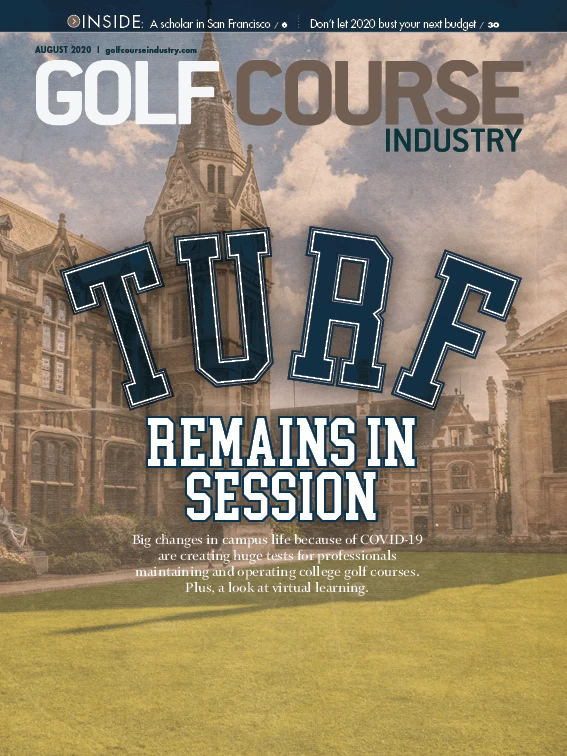
Explore the August 2020 Issue
Check out more from this issue and find your next story to read.
Latest from Golf Course Industry
- PBI-Gordon receives local business honor
- Florida's Windsor takes environmental step
- GCSAA names Grassroots Ambassador Leadership Award winners
- Turf & Soil Diagnostics promotes Duane Otto to president
- Reel Turf Techs: Ben Herberger
- Brian Costello elected ASGCA president
- The Aquatrols Company story
- Albaugh receives registration for chlorantraniliprole
